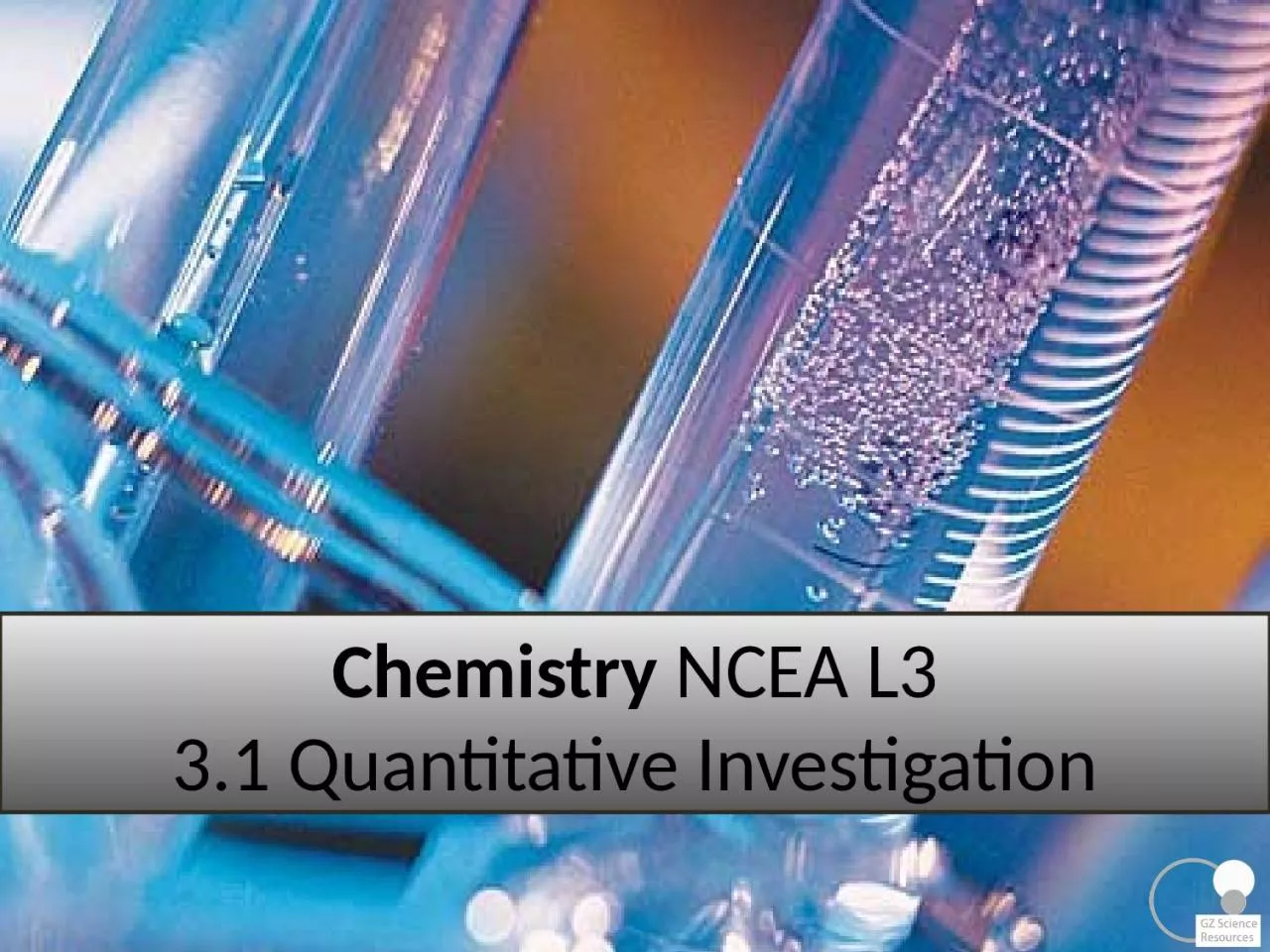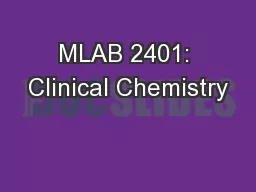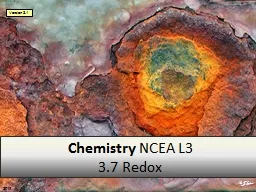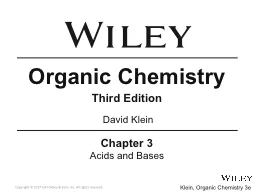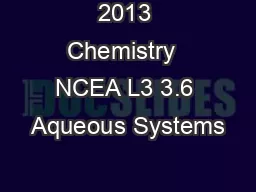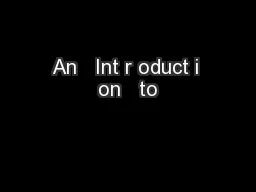PPT-Chemistry NCEA L3 3.1
Author : audrey | Published Date : 2023-10-04
Quantitative Investigation 2 What is this NCEA Achievement Standard When a student achieves a standard they gain a number of credits Students must achieve a certain
Presentation Embed Code
Download Presentation
Download Presentation The PPT/PDF document "Chemistry NCEA L3 3.1" is the property of its rightful owner. Permission is granted to download and print the materials on this website for personal, non-commercial use only, and to display it on your personal computer provided you do not modify the materials and that you retain all copyright notices contained in the materials. By downloading content from our website, you accept the terms of this agreement.
Chemistry NCEA L3 3.1: Transcript
Download Rules Of Document
"Chemistry NCEA L3 3.1"The content belongs to its owner. You may download and print it for personal use, without modification, and keep all copyright notices. By downloading, you agree to these terms.
Related Documents

